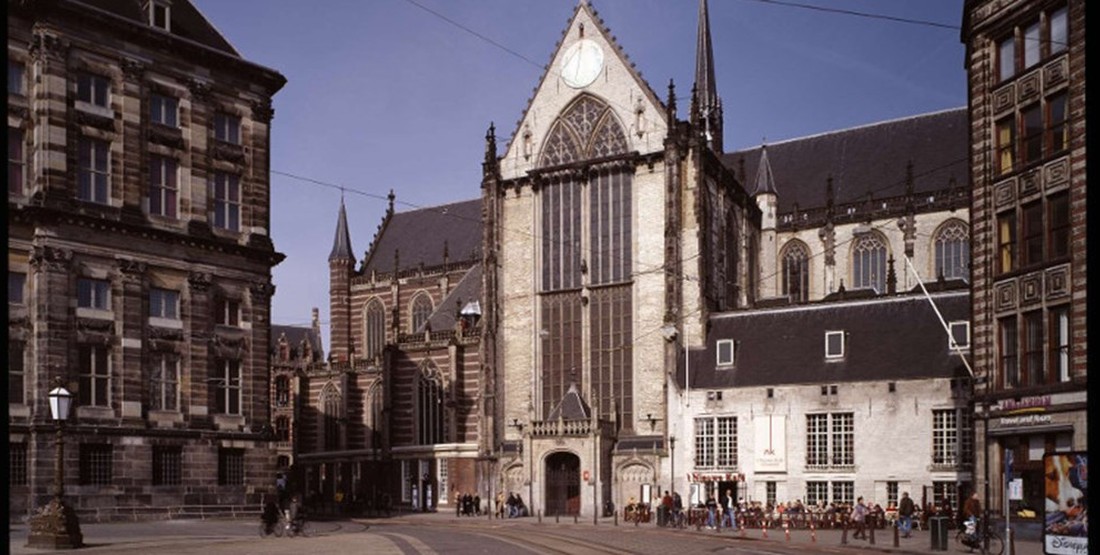
About
Begijnhof Amsterdam is one of only a few remaining beguinages in Europe and one in two in the Netherlands. The idyllic courtyard with the beautiful residential buildings and the small 'secret church' and chapel are the perfect place to escape the hustle of the city and to recharge your batteries.
Popular ships from Amsterdam
Sights in Amsterdam
View allAmsterdam Begijnhof
The Begijnhof Amsterdam
The beguinage in the middle of the city is an oasis of peace. The pretty courtyard is surrounded by 47 red brick houses, reminiscent of the centuries old beguinage tradition. The unmarried, monastic women lived here in a close community, but without having ever taken a vow, and thus enjoyed more freedom than nuns.
The history of Amsterdam's Begijnhof
In the 14th century the impressive beguinage was built in Amsterdam. Originally, all the houses were made of wood. However, due to a fire in the 18th century, when all but one house was destroyed, all the houses were rebuilt with red bricks. Only the sparing wooden house is still from the period 1470 and is one of the two oldest wooden houses in Amsterdam.
In the 16th century, the Catholic faith was banned, but since the Beguinage the houses were privately owned, the ladies were allowed to continue their faith, only the chapel had to close. Since the Begijnhof had facades closed to the outside, they later built a small church, the "Schuilkerk", the hidden church. One of the most famous beguines of Amsterdam was Cornelia Arens. She wanted to be buried in the gutter after her death. They buried her against her will in the church, but the next day her coffin was found in the gutter. So they decided to make the gutter her last resting place.
The last Beguine of Amsterdam died in 1971.
About the Begijnhof Amsterdam
The Begijnhof in Amsterdam, as well as the chapel, is open to everyone from 9am to 5pm. In the small chapel you can learn all about the `miracle of Amsterdam`. However, some families still live in the beguinage, so it is a place of peace and harmony, this is also expected of the visitors.


